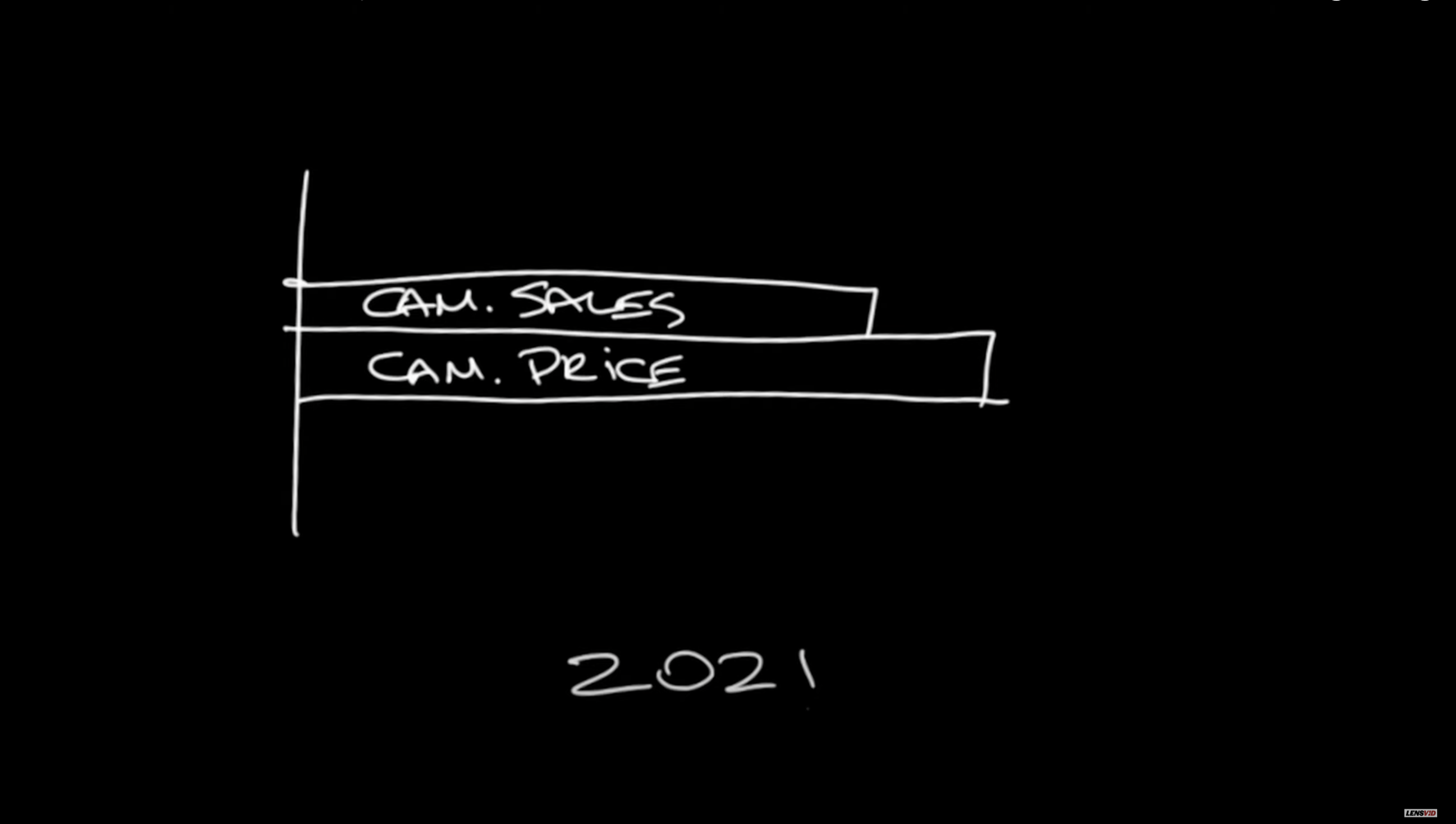Camera sales might be in decline due to the pandemic but prices are increasing
Since the start of the pandemic, we've seen a 43% decline in camera sales and now it looks like the prices are rising

There are few areas of life the pandemic has left untouched. We’ve experienced toilet roll shortages, increased use of single-use plastics, a ban on travel and the photography industry has experienced a massive drop in sales.
For the last two years, even if you wanted to buy a camera, chances are you would have to wait months and months for it. Canon announced that customers were to expect at least a 6-month wait for the Canon EOS R3, Sony told customers the Sony A7R IV would be delayed due to global chip shortages and the delays of the Fujifilm GFX 100S had customers questioning if it would ever arrive.
• Read more: Best mirrorless cameras
Camera sales have been declining ever since they peaked in 2010 at an eye-watering 121 million units per year. The main reason for the decline is that smartphone cameras were starting to get good enough that the average consumer didn’t need to invest in a camera too.
Phones such as the Google Pixel 6 and the Oppo Find X3 Pro now boast 50MP cameras as well as cameras for macro photography, wide-angle photography and even portrait modes for shallow depth of field. The decline in camera sales led to a decline in lens sales and in just 10 years, camera sales worldwide dropped by an enormous 92%.
According to LensVid which regularly performs this type of sales analysis using CIPA data, between 2019 and 2020, the number of cameras sold each year dropped by a whopping 40% from 14.8 million to 8.7 million. This was largely due to supply-chain issues caused by the pandemic which not only affected the photography industry but the automotive and consumer electronics industry too.
For the first time since the 1970s, camera sales were in single digits (per million) but despite a further 5% reduction in sales between 2020 and 2021, camera manufacturers were actually earning 20% more. This of course is bad news for consumers as it means that globally the price per camera has increased significantly and it’s continuing to rise.
Get the Digital Camera World Newsletter
The best camera deals, reviews, product advice, and unmissable photography news, direct to your inbox!
It’s expected that camera sales in 2022 will be lower again, especially considering Canon, Sony, Nikon and Leica have all announced price increases from 1 April. While these price increases won’t affect all cameras across all brands, we are likely to start seeing higher RRPs for cameras everywhere.
Becoming a full-time, professional photographer is without a doubt getting harder. Not just because the cost of cameras and lenses continues to skyrocket, but because there seems to be less demand, more people are opting to shoot using smartphones and less people willing to pay the price for a professional photographer. For beginners, hobbyists, amateurs and even professionals, perhaps buying secondhand equipment is the way to do it for the foreseeable future.
Read more
Best cameras for photography in 2022
Best cameras for beginners
Best professional cameras
Other news

Having studied Journalism and Public Relations at the University of the West of England Hannah developed a love for photography through a module on photojournalism. She specializes in Portrait, Fashion and lifestyle photography but has more recently branched out in the world of stylized product photography. Hannah spent three years working at Wex Photo Video as a Senior Sales Assistant, using her experience and knowledge of cameras to help people buy the equipment that is right for them. With eight years experience working with studio lighting, Hannah has run many successful workshops teaching people how to use different lighting setups.
